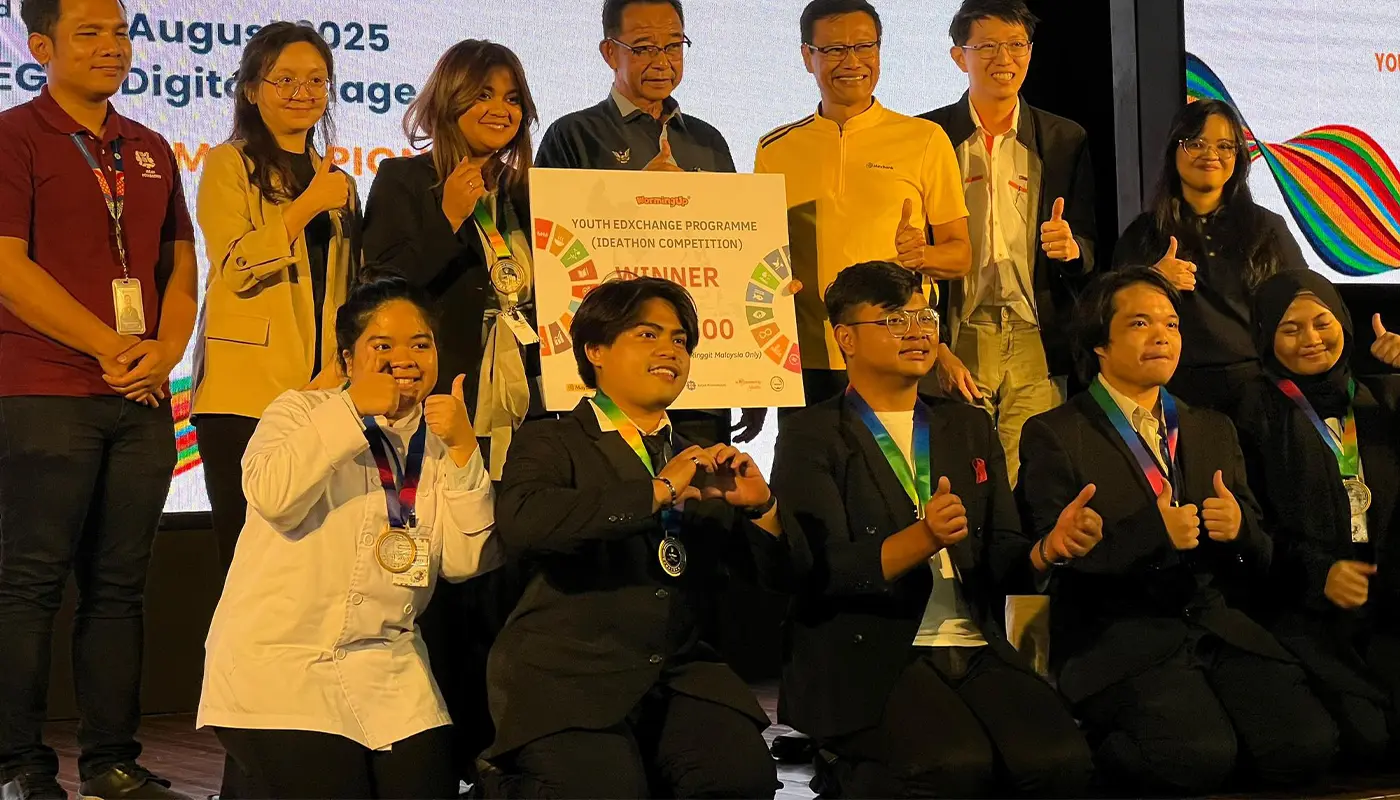KUCHING – Sarawak’s Ministry of Tourism, Creative Industries and Performing Arts has yet to receive further clarification from the Federal Government on the proposed Special Tourism Investment Zone (STIZ), despite mentions of Sarawak destinations in the Prime Minister’s recent announcement.
Minister Dato Sri Abdul Karim Rahman Hamzah said while Sarawak does not reject the proposed initiative and recognises its potential to spur tourism growth, there has been no official or detailed communication outlining the implementation of STIZ at the state level.
“So far, I have not been informed in detail. If a place like Gua Niah or other major tourist areas in Sarawak is included in this zone, we welcome it.
But we have not yet been given a comprehensive picture of what STIZ means and how its implementation will go at the state level,” he said.
He made the comments after officiating the Closing Ceremony of the Youth EdXchange Program 2025 at TEGAS Digital Village, Kuching on Sunday.
Abdul Karim stressed that in the absence of further information, Sarawak will continue developing its tourism sector independently, guided by its strategic direction.
“We have long been promoting products like Mulu, Gua Niah, Kuching Delta Geopark, and festivals like the Rainforest World Music Festival.
So far, the results are very exciting — tourists are coming, the results are increasing, and promotion is going well even without the labelling of special zones,” he added.
He highlighted that Sarawak’s tourism income now exceeds RM1 billion per month, and the state is on track to surpass its five million visitor target for the year, ahead of schedule.
While noting that Sarawak is open to working with the Federal Government on mutually beneficial policies, he emphasised the need for clear communication and bilateral coordination.
“We do have a self-development plan under the Post-COVID-19 Development Strategy (PCDS 2030).
If the Federal plan can be adjusted and bring common benefits, of course we are ready to work together.
But we need coordination to adapt each implementation to local needs,” he said.





